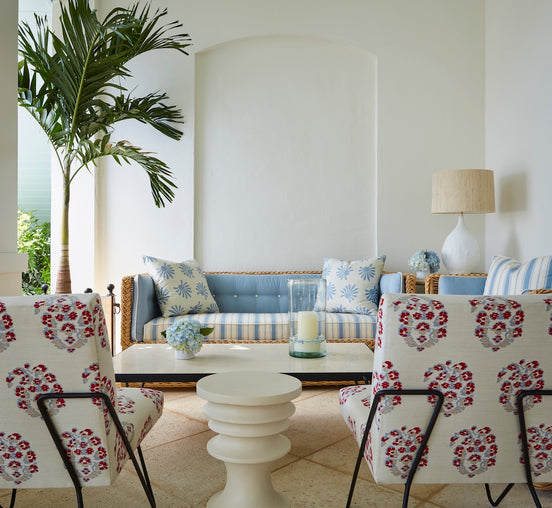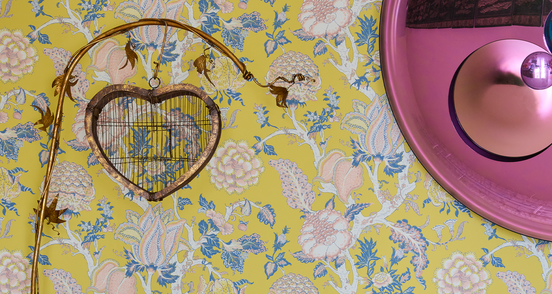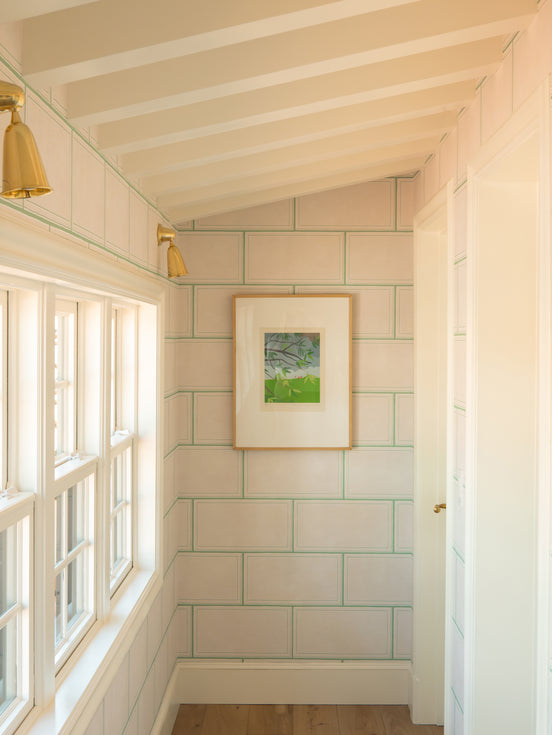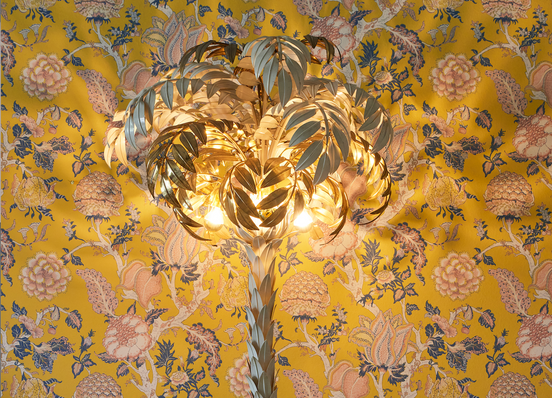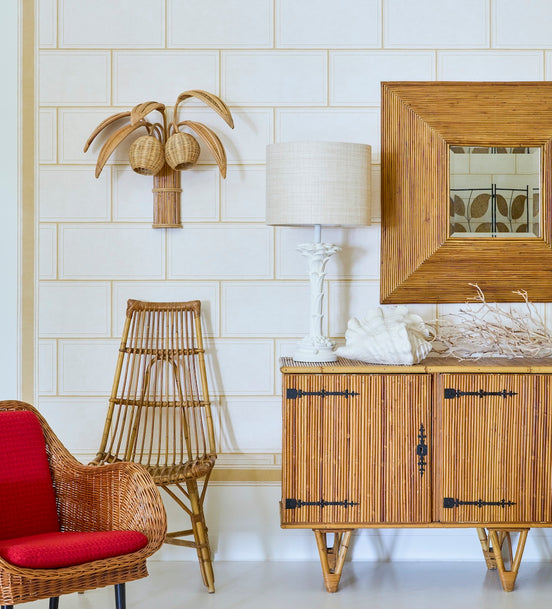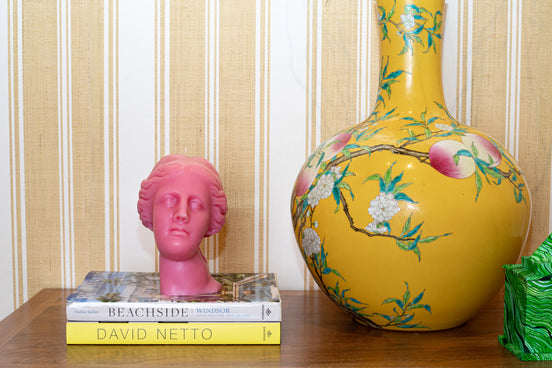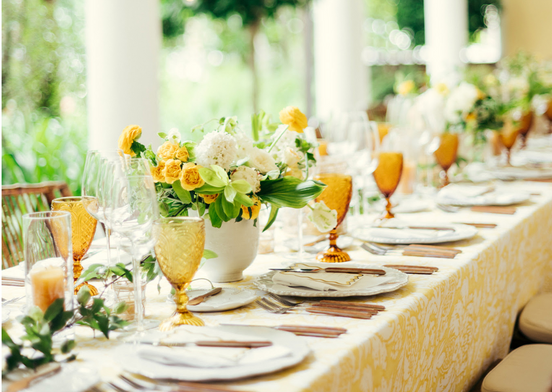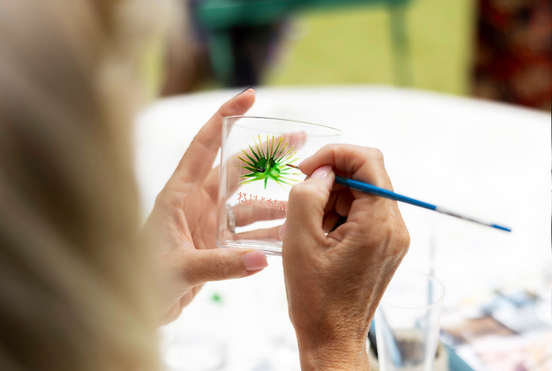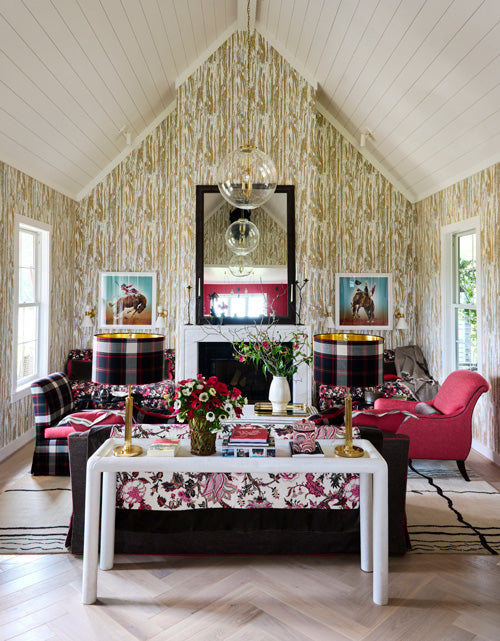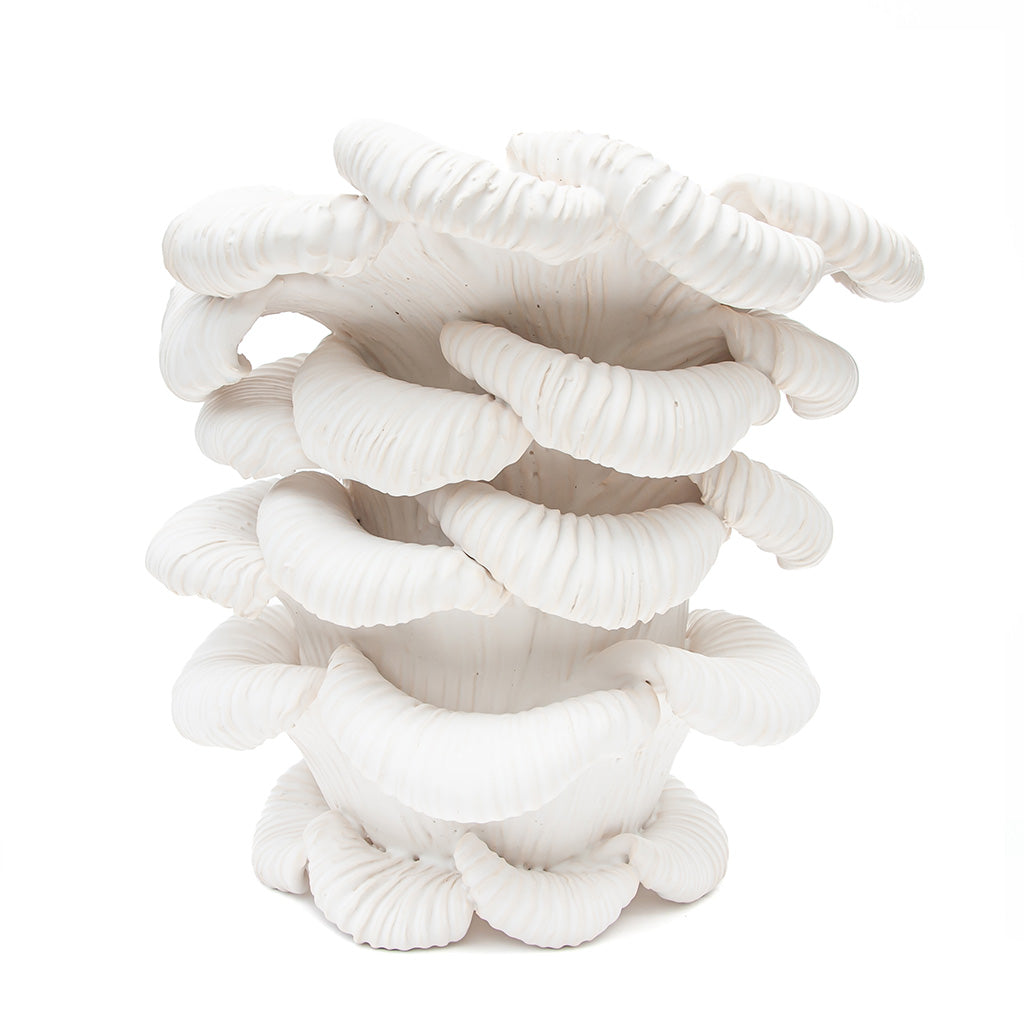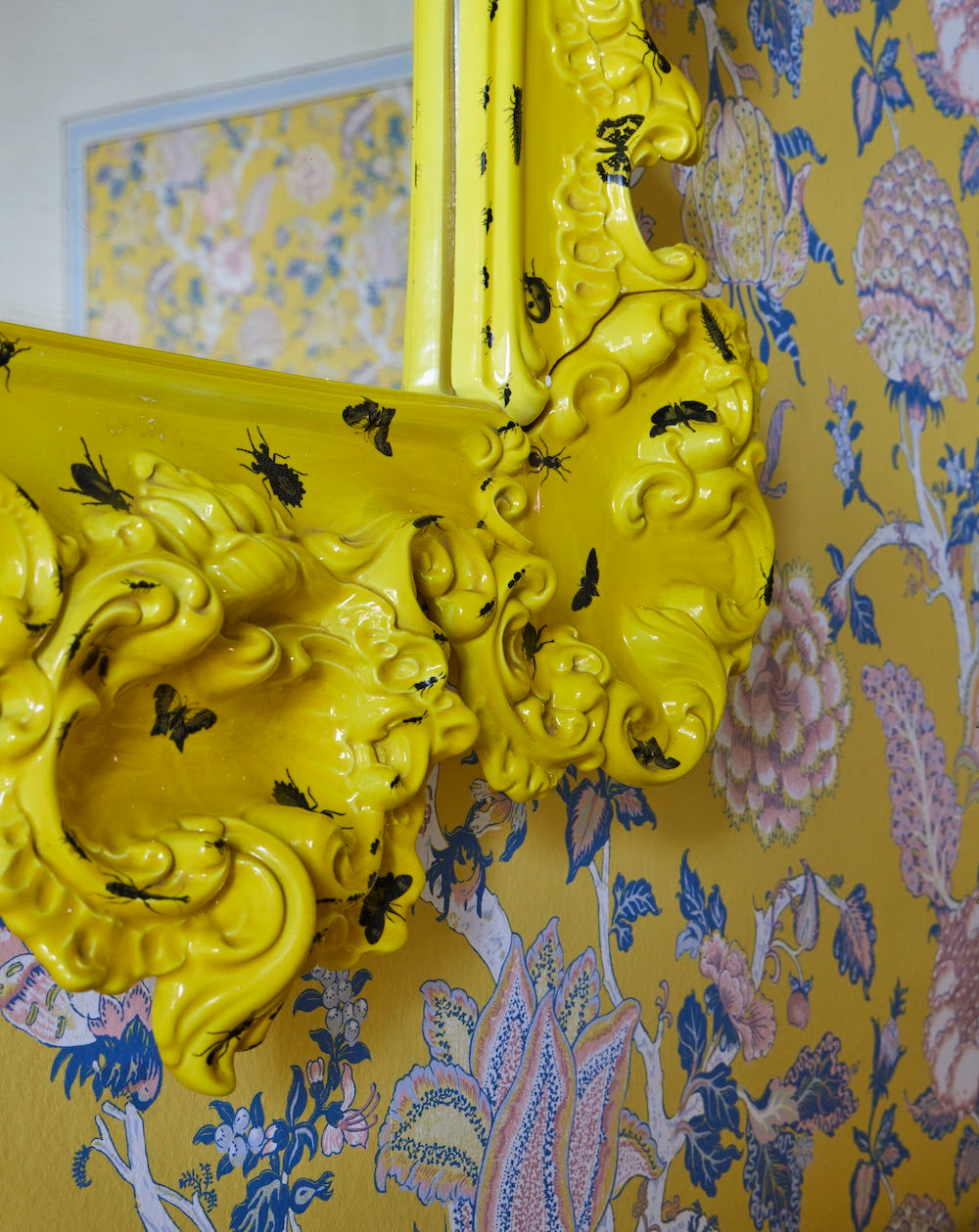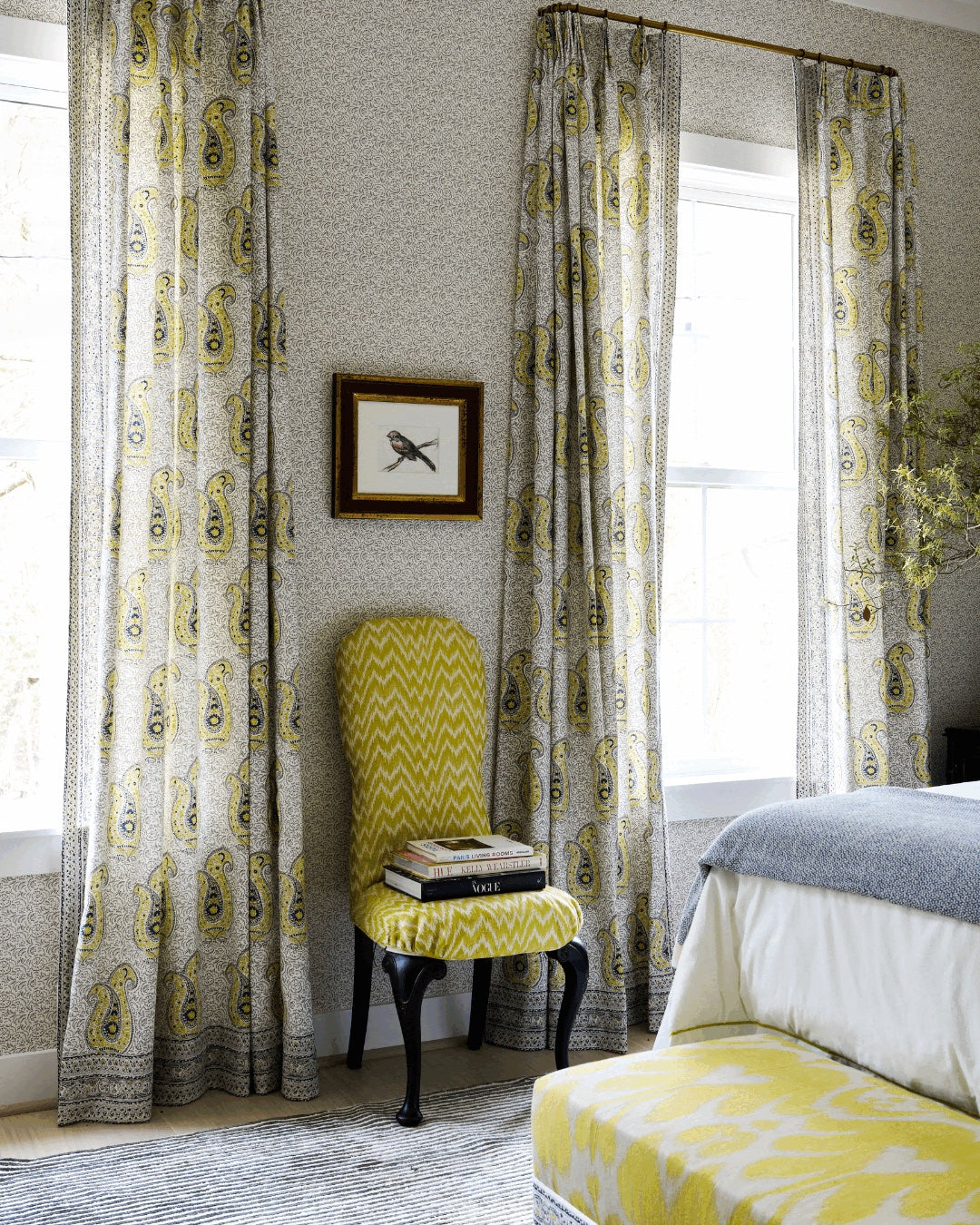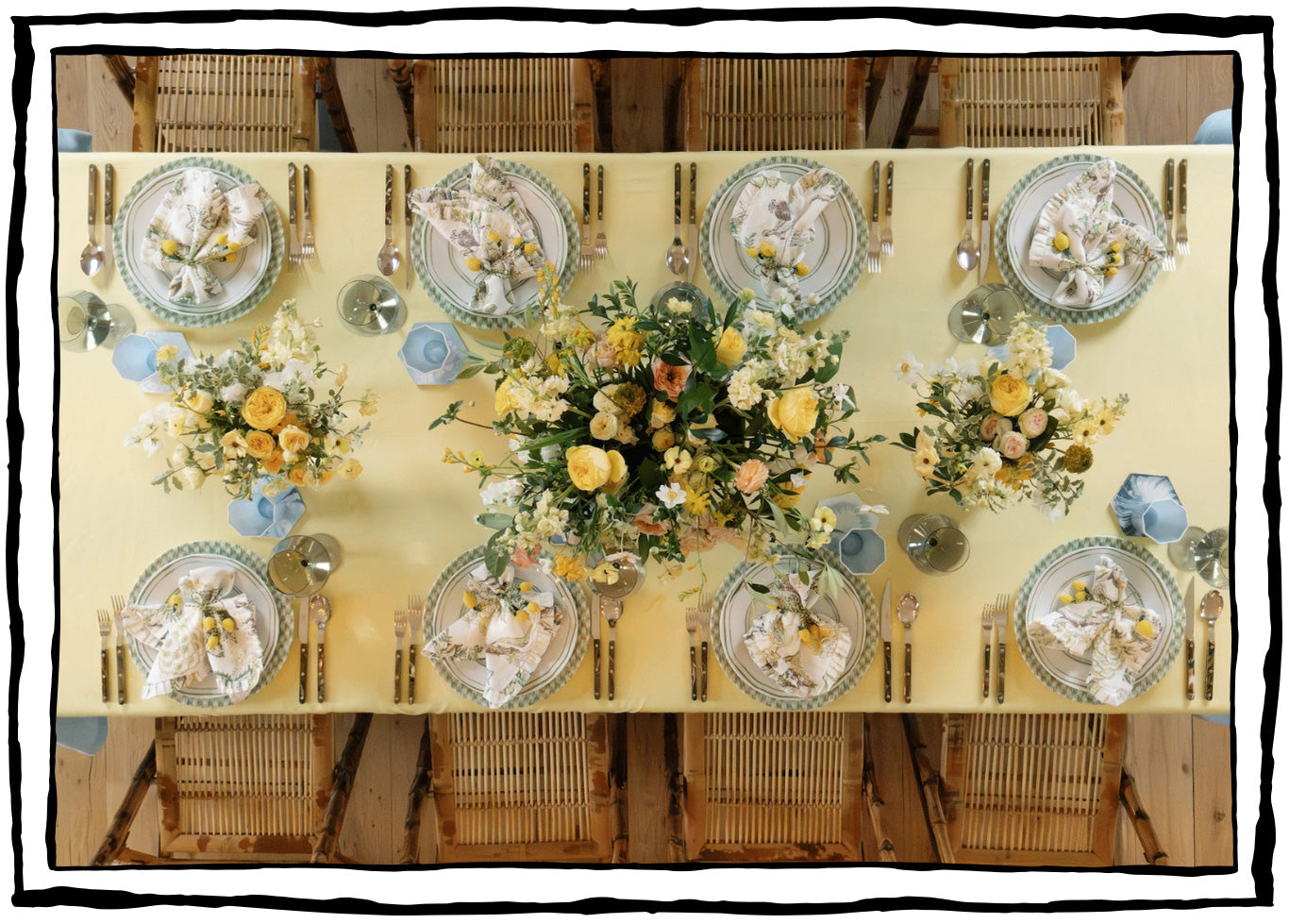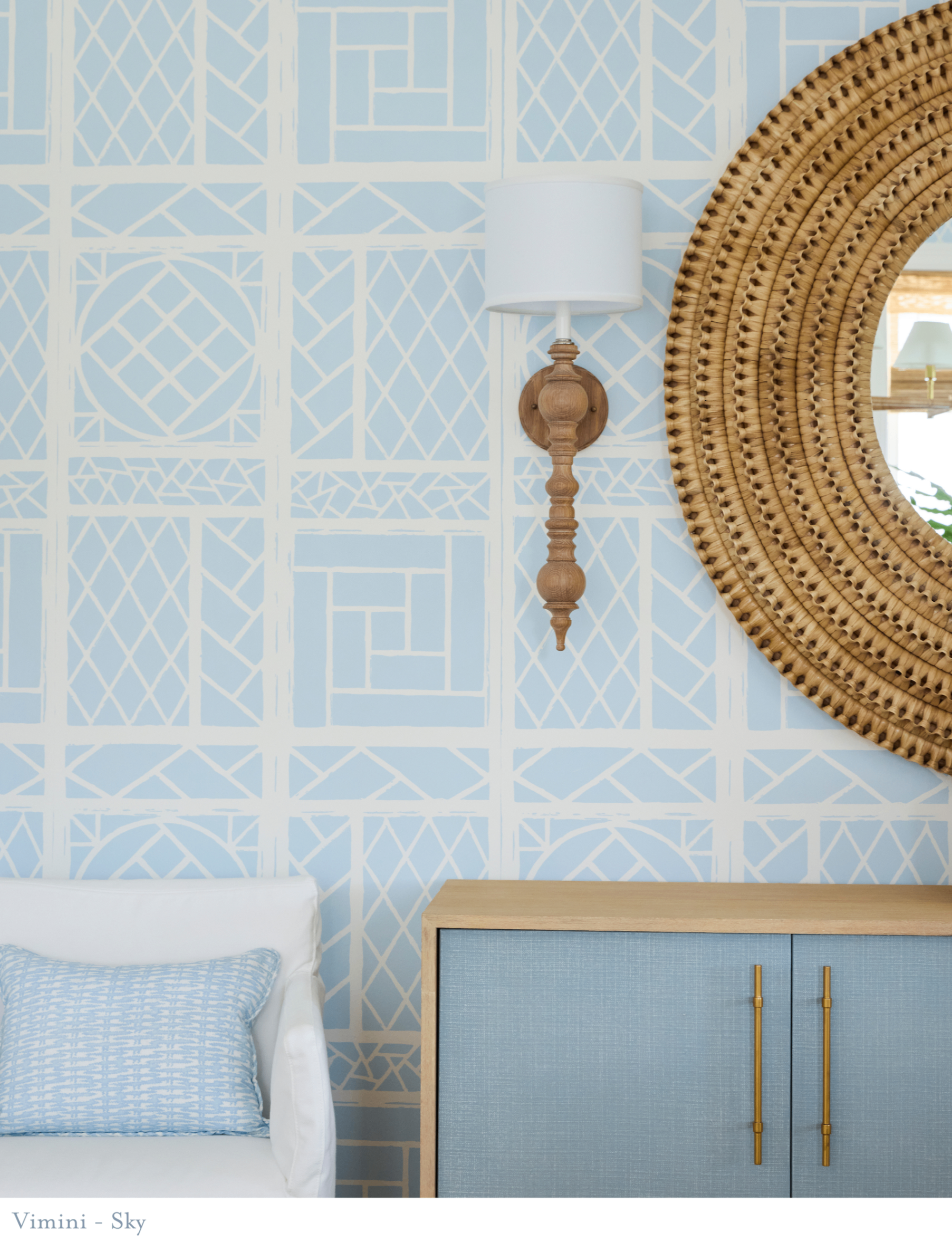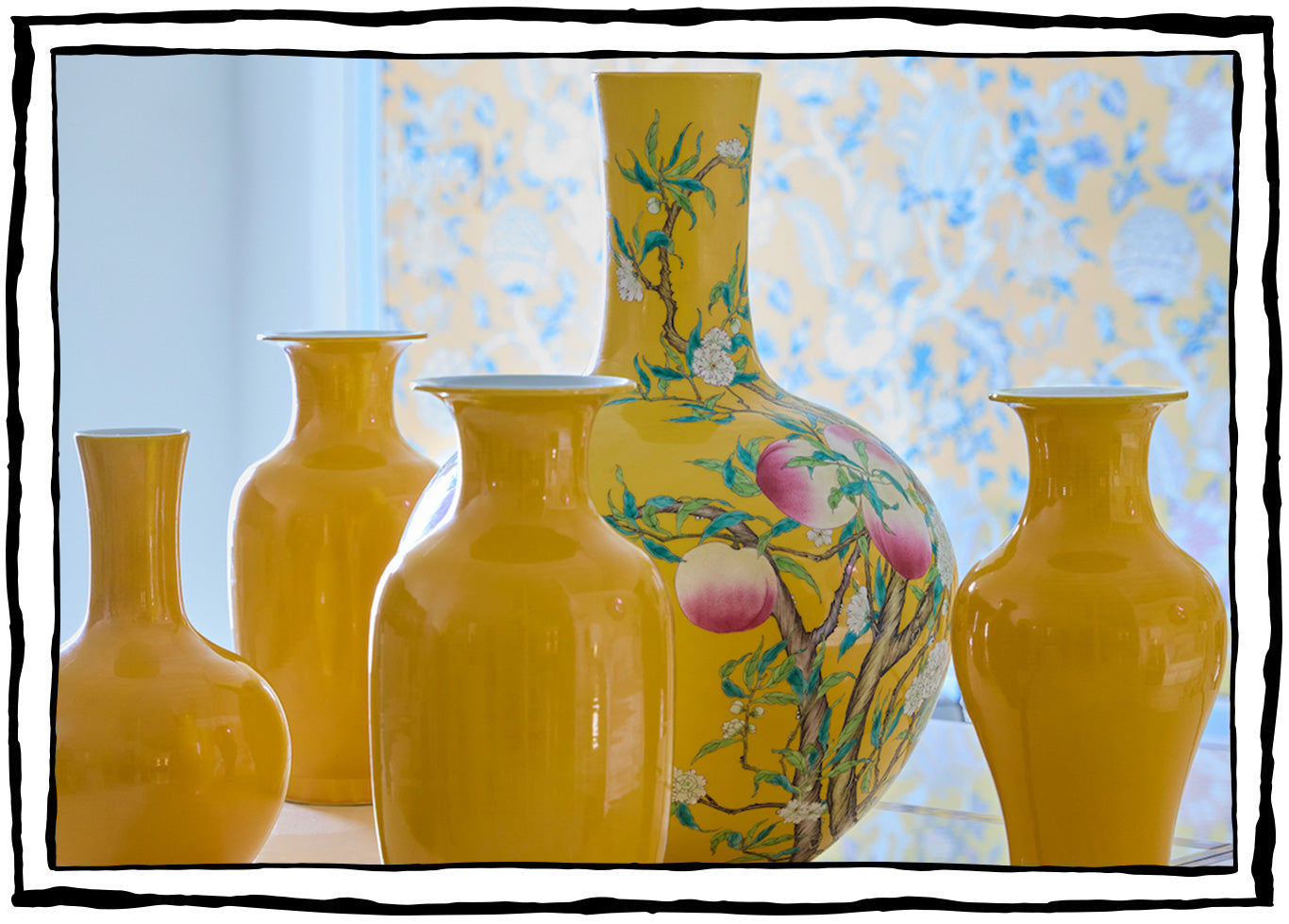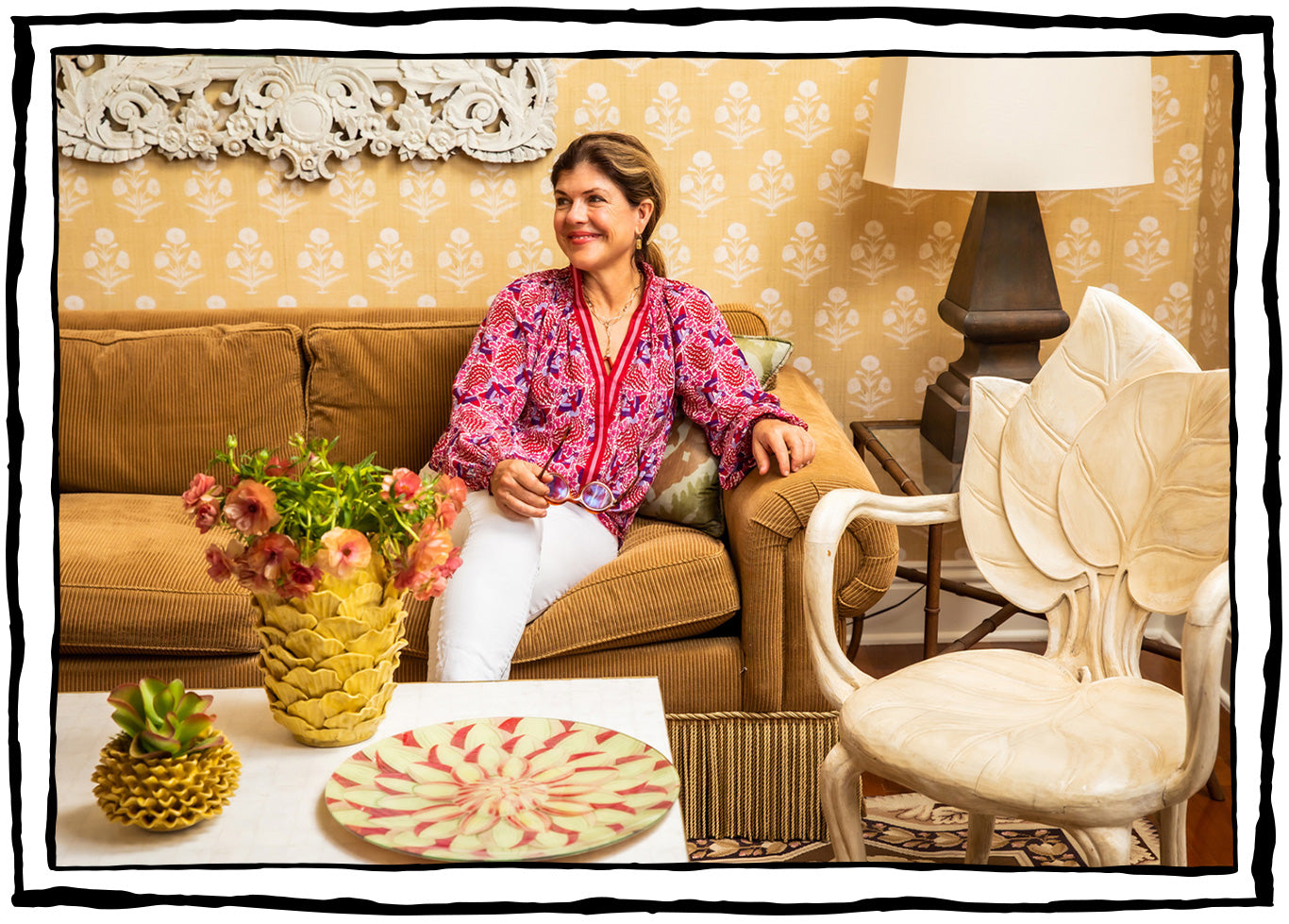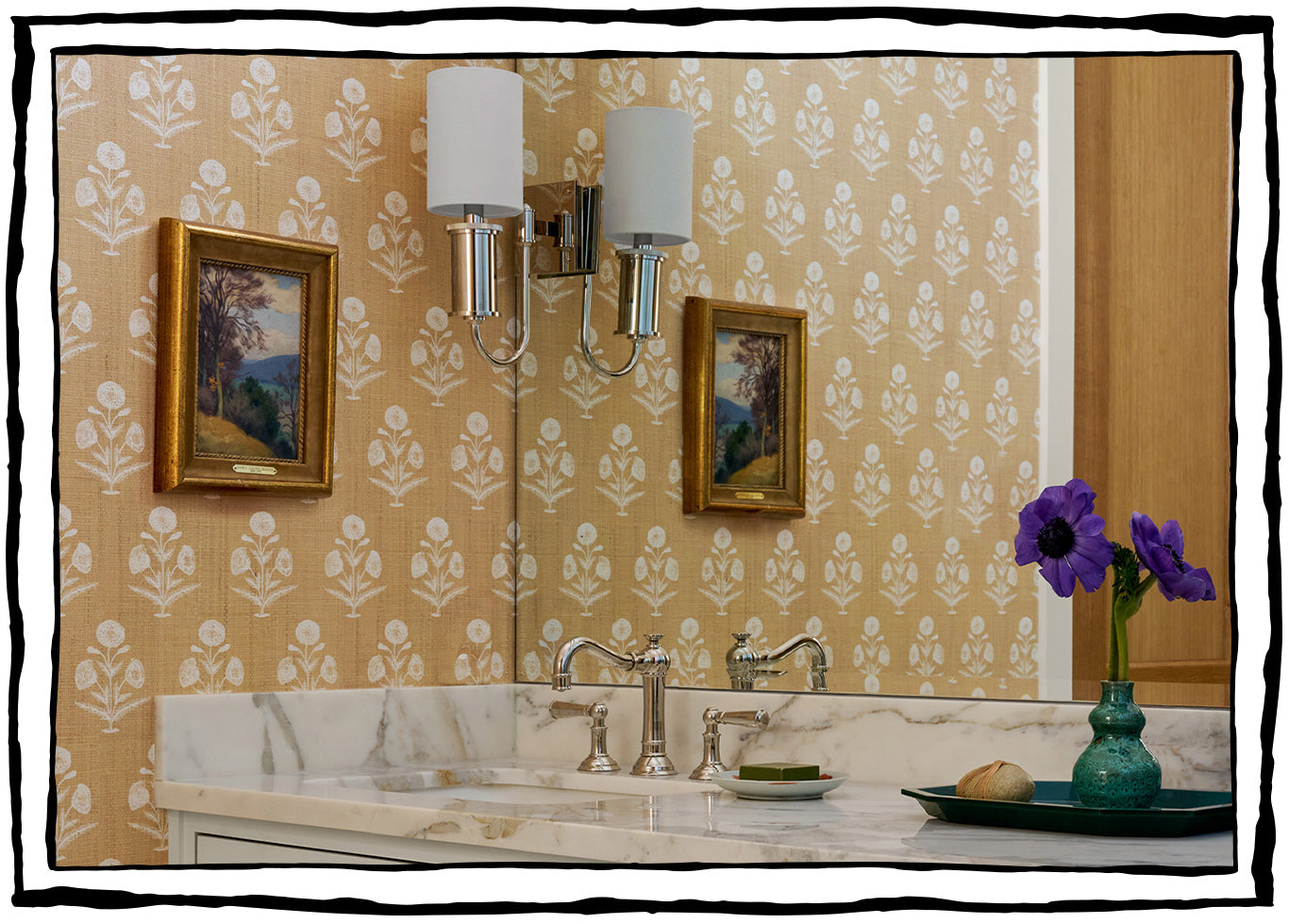Light up your Space with sconces
While early versions of sconces may have been simple plates of metal or wood with a candle nailed to the wall, by the time the interiors of the Middle Ages rolled around, there were plenty of examples of elaborate, embellished designs to be found in history.
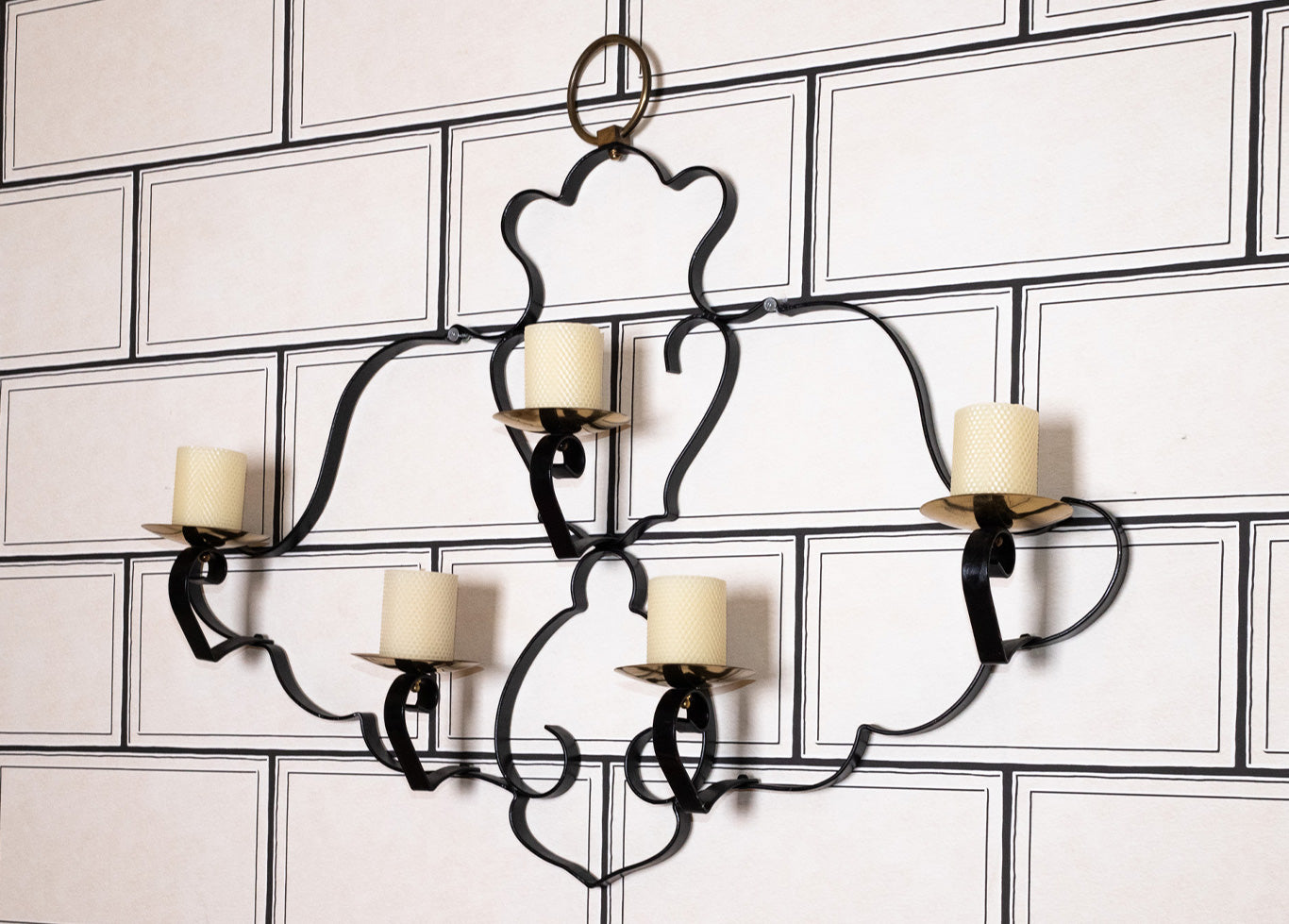
Sconces went well beyond the parlor rooms and hallways of homes, serving as practical, decorative, and symbolic fixtures. They were tools of communication (leave the light on that fortress wall), theatrical lighting (literally—in early stage productions, sconces acted as strategic limelights), and, along with the creative use of mirrors, served as early art lighting. In medieval churches like Notre-Dame de Paris and England’s Salisbury Cathedral, sconces were placed near consecration crosses, altars, or relics to symbolically highlight their sacred significance and create a reverential atmosphere.

Soon enough, these once humble, light-giving objects were well represented in the world of luxury, from beribboned Rococo styles to Louis XIV.Girandoles, Italian for “wall light,” were intricate wall brackets with candleholders for even more grandeur—often dripping with carvings and gilding. Thomas Chippendale showcased them inThe Gentleman and Cabinet-Maker’s Director—some fascinating examplescan be seen at the Victoria & Albert Museum in London. Never to be outdone, the Victorians offered Waterford crystal sconces that still rival the modern mid-century drama of Hans Kögl’s gilt Hollywood Regency designs and Tony Duquette’s beloved pineapples.
Sconces from today’s designers can take on any shape, size, or material, from industrial steel to sculptural glass or reclaimed wood. Modern beacons of creativity like Donald Judd’s minimalist light objects orDan Flavin’s neon installationsprove that sconces are just as much about making a statement as they are about lighting the room.
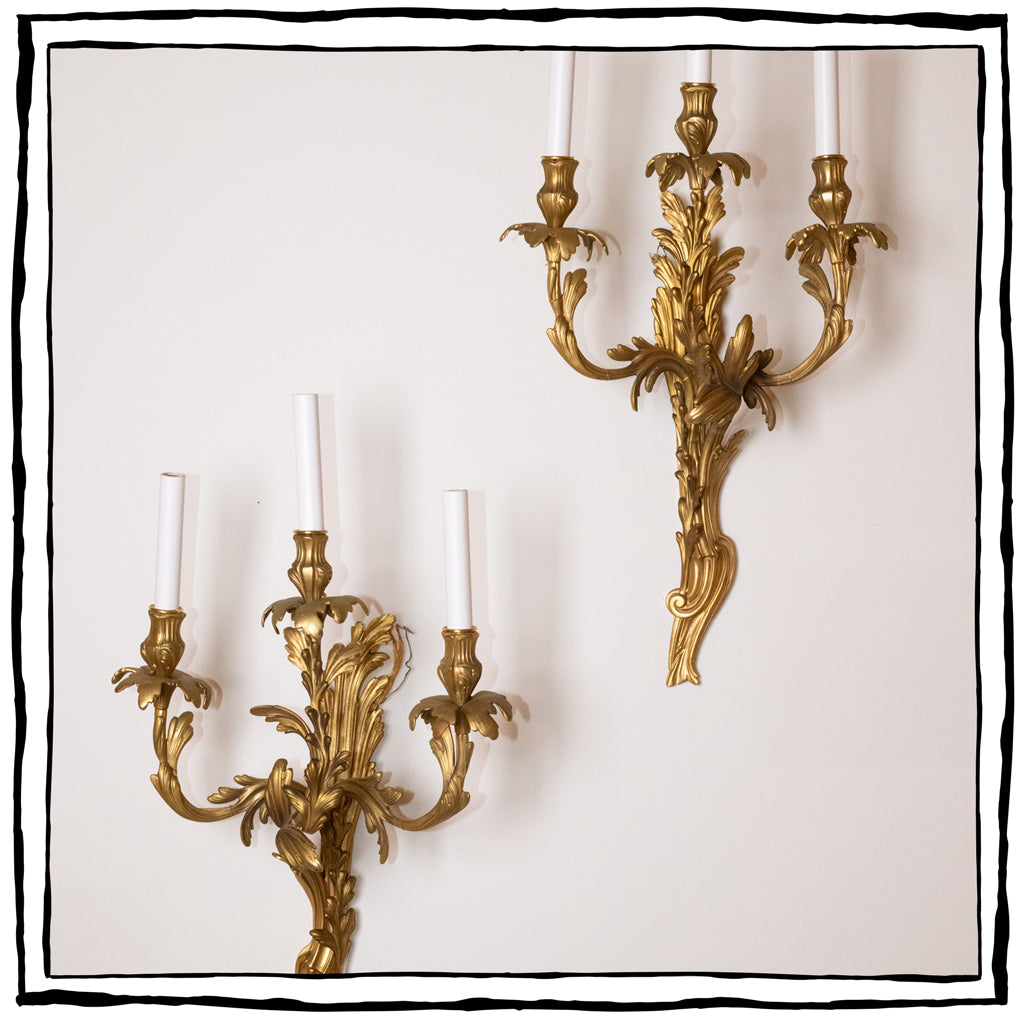
✤ Louis XV Sconces ✤
Louis XV Three Arm Sconces with leaf motif and scrolled supports. Ormolu, or "gilt bronze," ("bronze doré" in French) is a gilding technique where finely ground gold is applied to bronze, then heated in a kiln to leave a gold coating.

✤ Neoclassical sconces ✤
Two-light bronze sconces, with a deep green enamel finish and white relief details. Attributed to E.F. Caldwell, one of the premier designers and manufacturers of electric light fixtures and decorative metalwork from the late 19th to the mid-20th centuries..
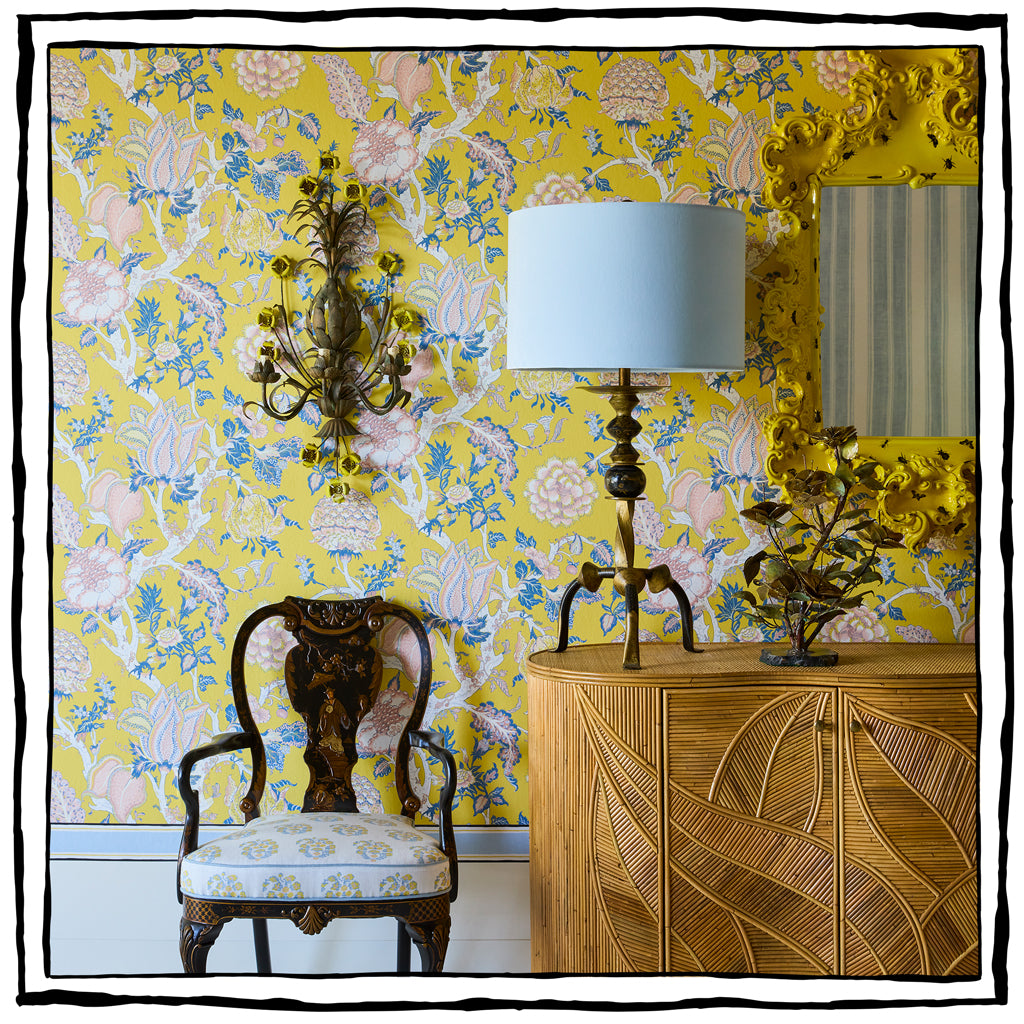
✤ Mid-Century Sconces ✤
Large, decorative Italian gilt iron sconces are hand-forged and intricately carved with painted yellow flowers. Each holds three lights and can be hardwired to the wall.

